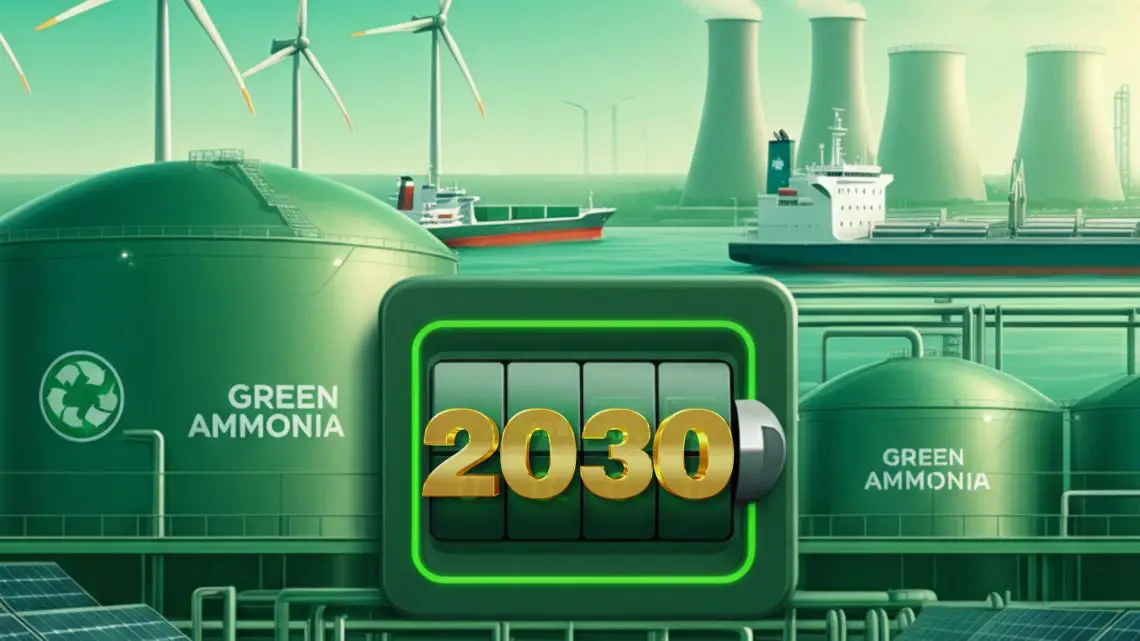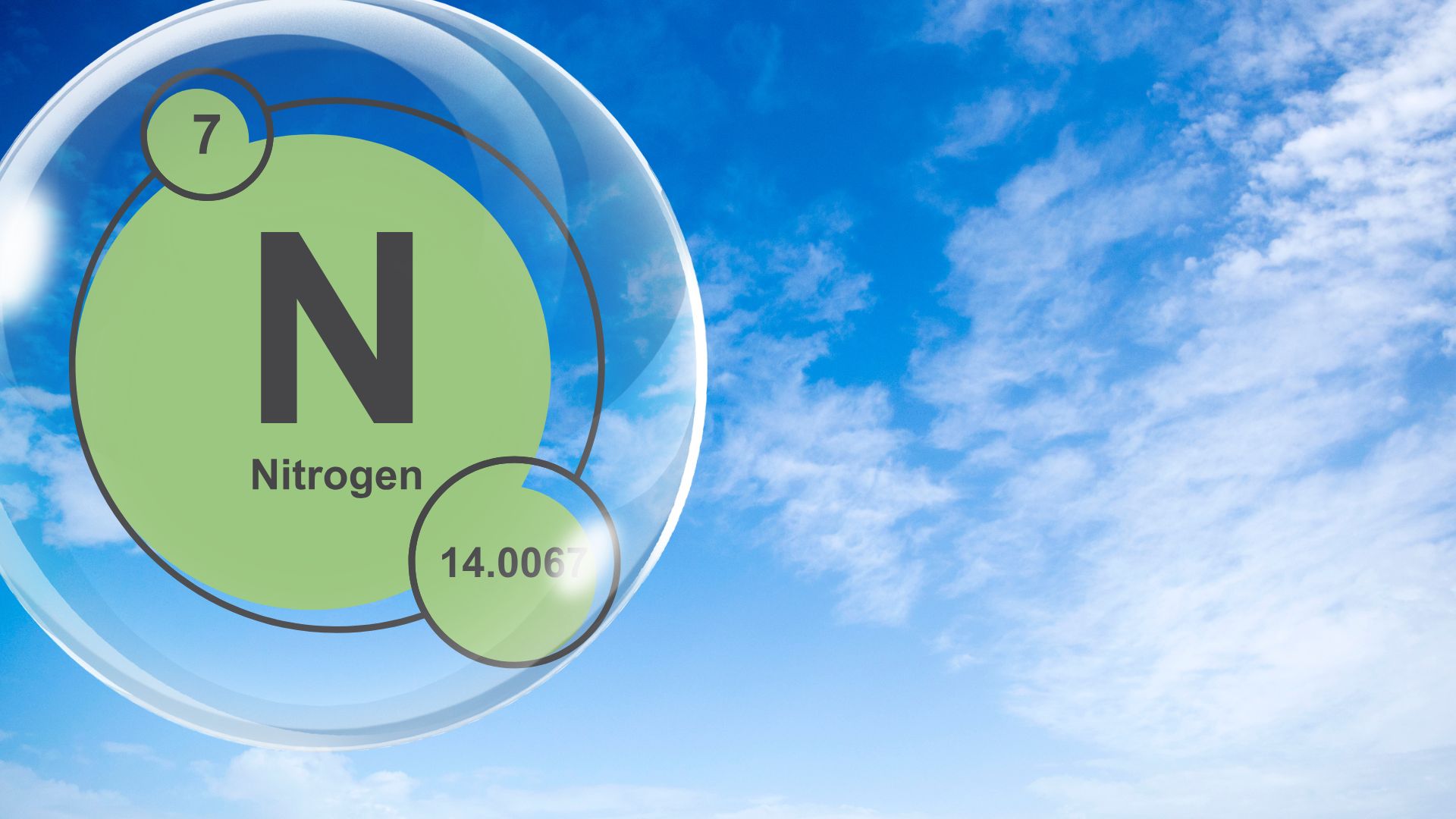
Port of Açu Gears Up for Major Green Ammonia Milestone Targeting 1 Million Tons by 2030
March 17, 2025A New Chapter in Brazil’s Green Energy Drive
The Port of Açu in northern Rio de Janeiro is making waves in the push for clean energy by hosting its third green ammonia development. Spearheaded by global green hydrogen player Yamna, alongside renewable fuel specialist Sempen, this project aims to produce 1 million tons of green ammonia annually by 2030. This ambitious initiative dovetails with Brazil’s broader decarbonization efforts and cements Açu’s role as a critical hub in the global energy transition.
Recently, Yamna and Sempen signed a land reservation agreement at Açu’s port-industrial complex. Located within a burgeoning 2-million-square-meter low-carbon hydrogen and derivatives hub, this project exemplifies the port’s vision of becoming a trailblazer in sustainable energy solutions.
What is Green Ammonia, and How Will It Be Produced?
Green ammonia represents a compelling answer to some of today’s toughest environmental challenges. Its production leverages renewable energy sources like solar and wind to power an electrolyzer, splitting water into hydrogen and oxygen. The green hydrogen produced is then synthesized with nitrogen from the air to create ammonia. This process is virtually emissions-free when powered by clean energy, making it a beacon of hope for industries seeking greener alternatives.
At the Port of Açu, the facility will tap into Brazil’s renewable energy potential, with ample opportunities to harness solar and wind power. By utilizing these sustainable resources, this project promises to sidestep the greenhouse gas emissions associated with conventional ammonia production methods that rely on fossil fuels.
Timeline and Strategic Importance
The road to full-scale operations at Açu has been laid out clearly. The final investment decision (FID) for this green ammonia project is expected between 2027 and 2028, setting the stage for production to ramp up in 2030. While the scale and scope of such an undertaking require years of development, the anticipated timeline reflects the commitment of all stakeholders to proceed methodically, ensuring technical and financial feasibility.
The Port of Açu stands out as an ideal location for this venture. With its deep draft, ample land, and integrated service cluster, the port is primed to support a wide range of industrial activities. It’s no coincidence that it already plays host to several other decarbonization projects. According to Mauro Andrade, Executive Director of Business Development at Prumo Logística, “Açu’s infrastructure and partnerships underline its commitment to advancing green hydrogen and ammonia projects that drive the global energy transition.”
Industrial Implications and Applications
The potential applications of green ammonia are vast, positioning the Port of Açu project as far more than a regional initiative. For starters, ammonia is a key ingredient in the production of fertilizers, which play a crucial role in feeding the world’s growing population. By offering a green alternative to traditional ammonia, this facility could help agriculture shed a large part of its carbon footprint.
But the impact doesn’t stop there. Green ammonia is gaining serious attention in the shipping industry as a sustainable fuel option. With international regulations tightening on emissions, ammonia could provide shipowners with a way to meet decarbonization targets without sacrificing performance or scalability. Furthermore, industries like steelmaking, where high carbon outputs remain a concern, could adopt green ammonia either as a direct feedstock or indirectly via hydrogen extraction.
If you’re wondering why this matters beyond niche applications, consider that green ammonia also acts as an energy storage medium. Its ability to store and transport hydrogen in a more stable form opens doors for global renewable trade, making it an enabler for cross-border energy exchange.
Broader Implications for the Hydrogen Economy
Projects like the Port of Açu green ammonia facility symbolize more than commercial potential. They’re an unmistakable signal of how serious global stakeholders are about addressing climate change. For Brazil, the project aligns with its ambitions to lead Latin America’s clean energy pivot. And for the world, it reflects the growing realization that green hydrogen and ammonia will play indispensable roles in achieving net-zero targets.
By the time Açu begins churning out 1 million tons of green ammonia annually, the facility could serve as a model for similar developments globally. It showcases how industrial hubs can integrate low-carbon solutions without discarding their economic significance. More broadly, it demonstrates the necessity of combined public and private sector efforts in scaling up green ammonia projects.



 With over 15 years of reporting hydrogen news, we are your premier source for the latest updates and insights in hydrogen and renewable energy.
With over 15 years of reporting hydrogen news, we are your premier source for the latest updates and insights in hydrogen and renewable energy.